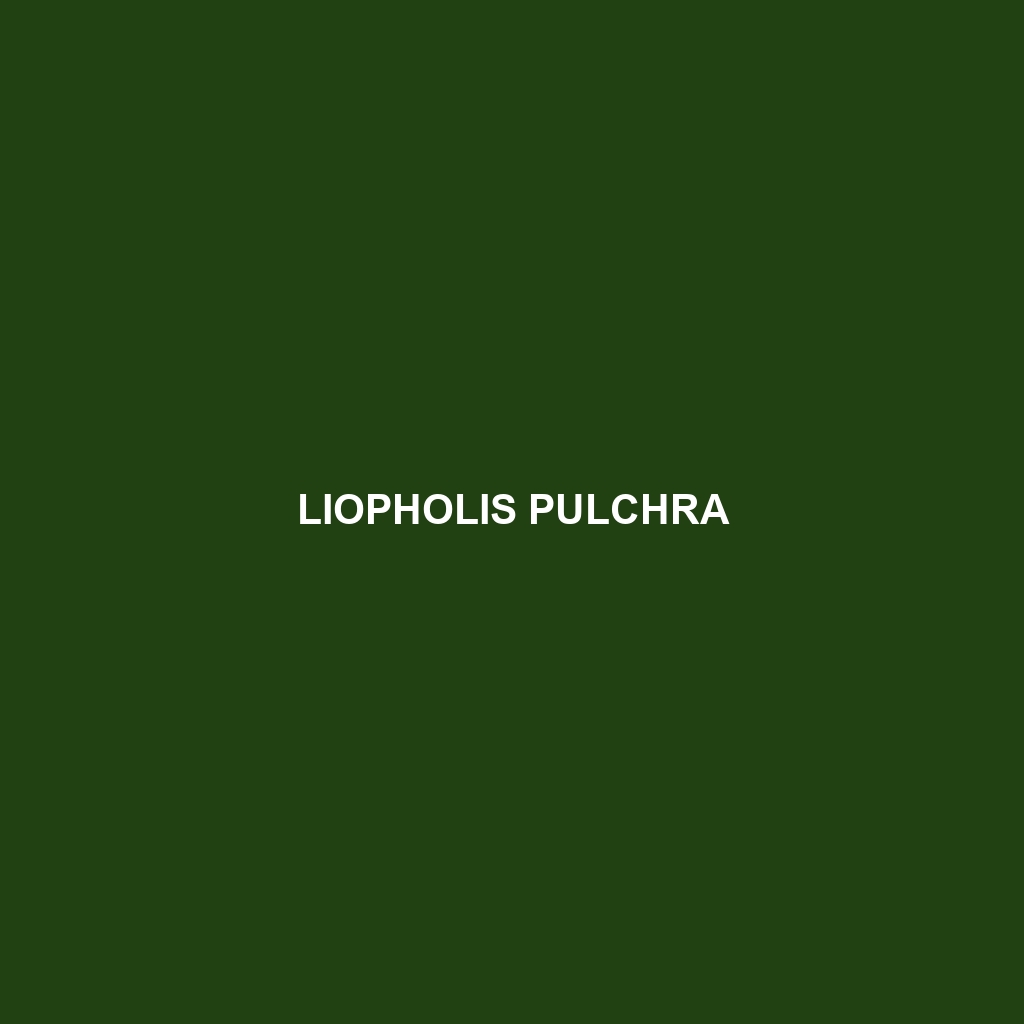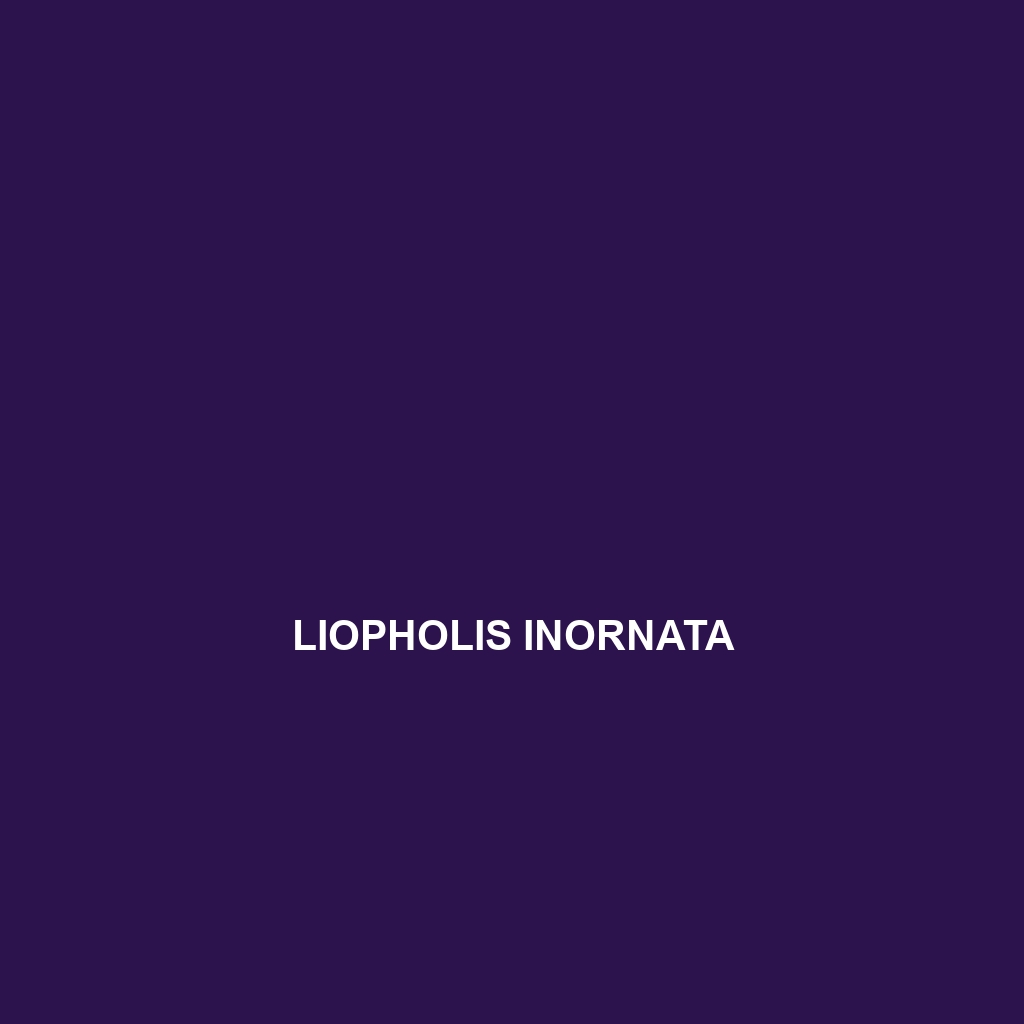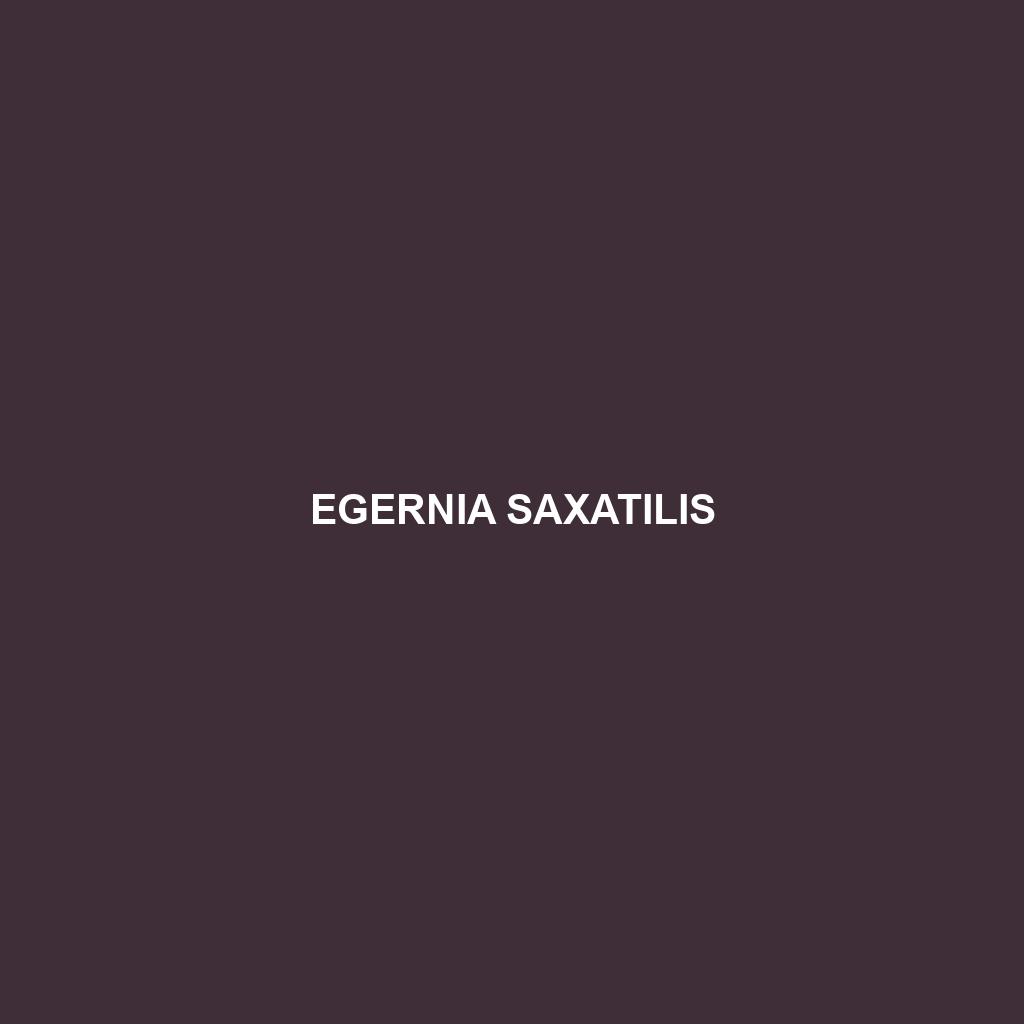<strong>Pseudemoia spenceri</strong>, or Spencer's Skink, is a diurnal insectivore known for its robust, elongated body measuring 15 to 25 cm, with smooth, glossy scales in brown and gray hues. Native to southeastern Australia, these skinks thrive in temperate forests and rainforests, playing a crucial role in regulating insect populations and maintaining ecosystem balance.
Tag: southeastern Australia wildlife.
Pseudemoia spenceri
<strong>Pseudemoia spenceri</strong>, or Spencer's Skink, is a diurnal insectivore known for its robust, elongated body measuring 15 to 25 cm, with smooth, glossy scales in brown and gray hues. Native to southeastern Australia, these skinks thrive in temperate forests and rainforests, playing a crucial role in regulating insect populations and maintaining ecosystem balance.
Morethia adelaidensis
<b>Morethia adelaidensis</b>, commonly known as the Adelaide Plains skink, is a resilient omnivorous species found in southeastern Australia, thriving in various habitats such as temperate forests and urban gardens. This slender skink, measuring 8 to 12 cm, features a glossy coloration that offers excellent camouflage, and plays a crucial role in controlling insect populations within its ecosystem.
Liopholis pulchra
<b>Liopholis pulchra</b>, also known as the gorgeous skink, is a striking emerald-green skink native to southeastern Australia, thriving in moist temperate forests and coastal regions. Recognized for its agile movement and vibrant coloration, this insectivorous species plays a crucial role in controlling insect populations and contributes to the ecological balance of its habitat.
Liopholis inornata
Discover the Liopholis inornata, or eastern skink, a medium-sized (15-20 cm) lizard native to southeastern Australia, known for its smooth, shiny scales and intricate color patterns. This adaptable species thrives in diverse habitats, primarily consuming invertebrates while playing a crucial role in local ecosystems.
Lialis burtonis
The Lialis burtonis, or Burton's legless lizard, is a sleek, nocturnal insectivore found in the temperate forests and savannas of southeastern Australia. Distinguished by its elongated body and smooth scales, this legless species plays a crucial role in controlling insect populations while adapting to its unique burrowing lifestyle.
Lerista zonulata
Discover the <b>Lerista zonulata</b>, or banded skink, a resilient insectivore native to the temperate forests of southeastern Australia. With a streamlined body, striking brown and gray coloration, and unique burrowing adaptations, this diurnal species plays a crucial role in its ecosystem by maintaining insect populations and contributing to soil health.
Lerista xanthura
Introducing the Lerista xanthura, or yellow-tailed skink, a resilient insectivorous species native to southeastern Australia's temperate forests, savannas, and scrublands. With its striking smooth scales and distinctive yellow tail, this diurnal skink plays a vital role in ecosystem balance by pest control and soil aeration.
Egernia saxatilis
Discover the <b>Egernia saxatilis</b>, or rock skink, a robust, agile lizard native to southeastern Australia, thriving in temperate forests and rocky outcrops. This omnivorous species exhibits unique social behaviors, regulates body temperature by basking on sunlit rocks, and plays a crucial role in its ecosystem.
Egernia hosmeri
Discover the Egernia hosmeri, a medium-sized skink native to the temperate forests of southeastern Australia, known for its distinctive dark brown to gray coloration and communal basking behaviors. This flexible omnivore plays a vital role in its ecosystem by controlling insect populations and supporting plant diversity.









